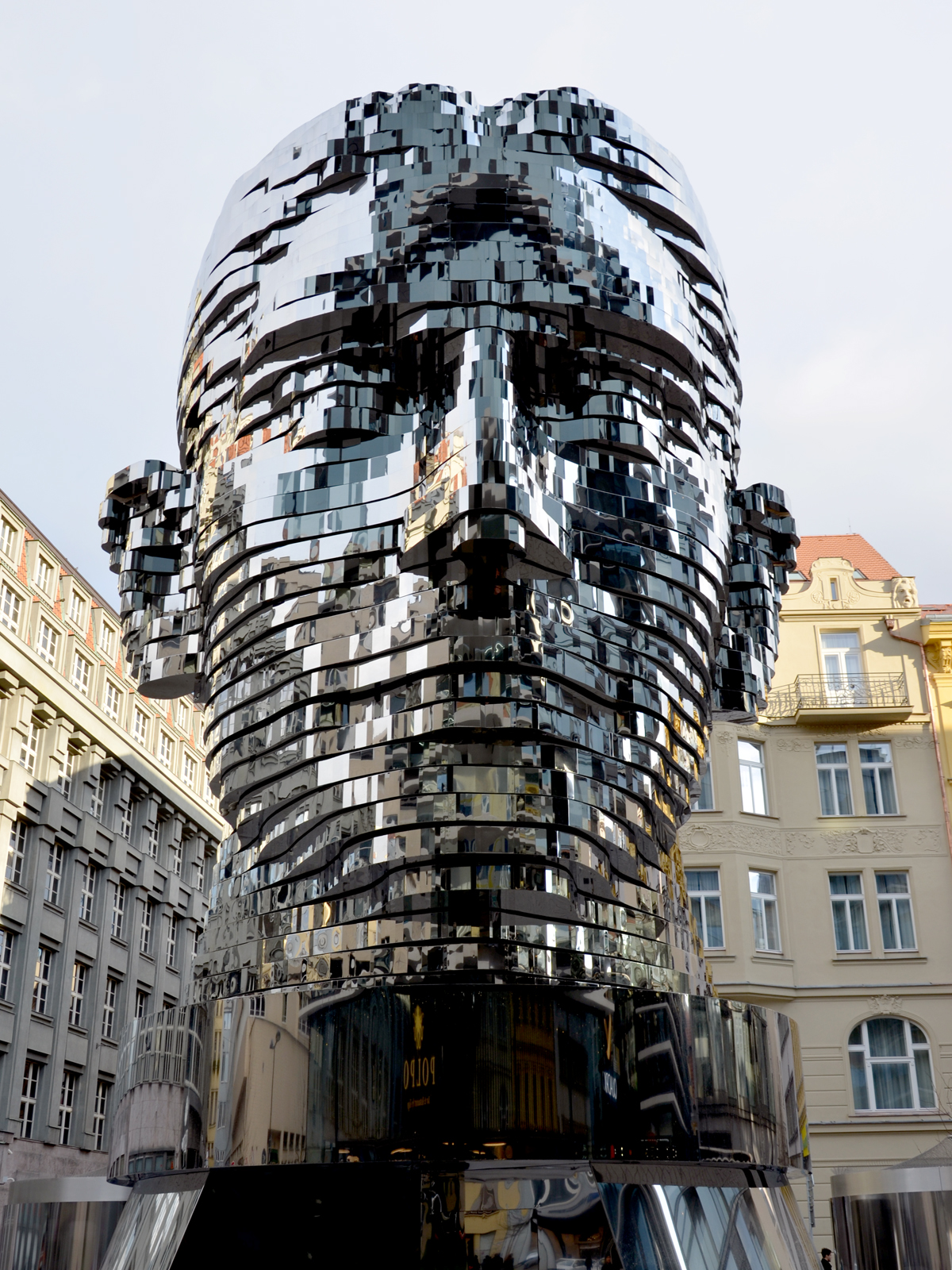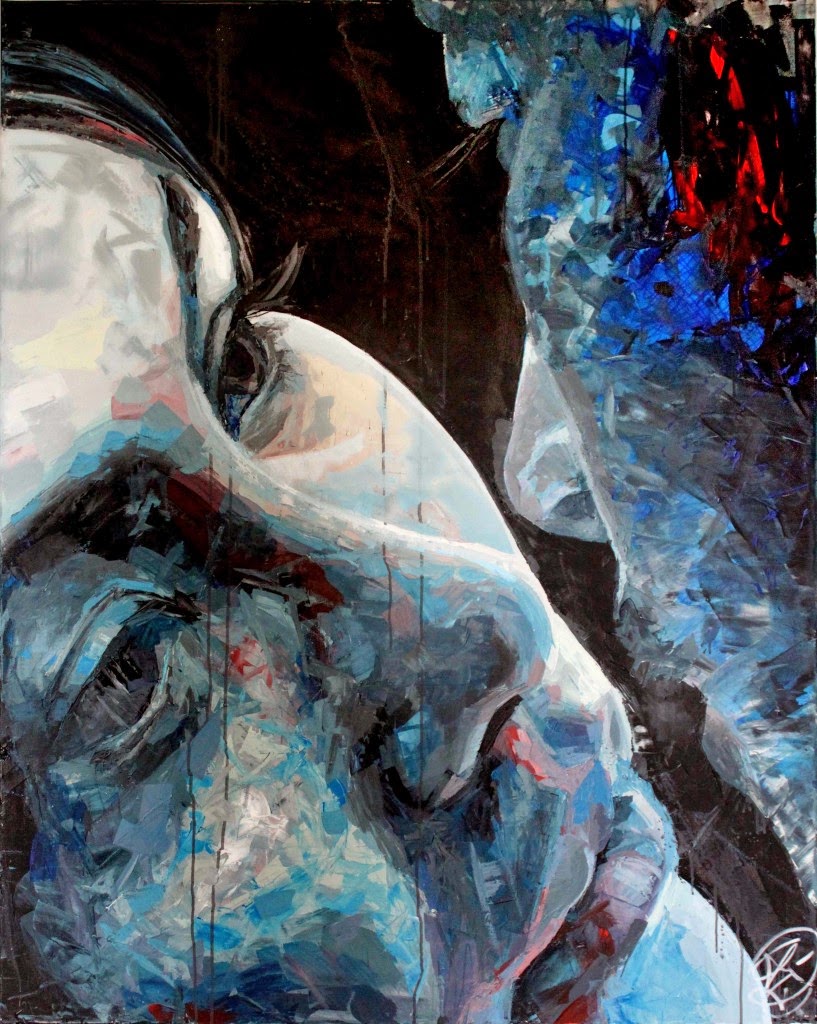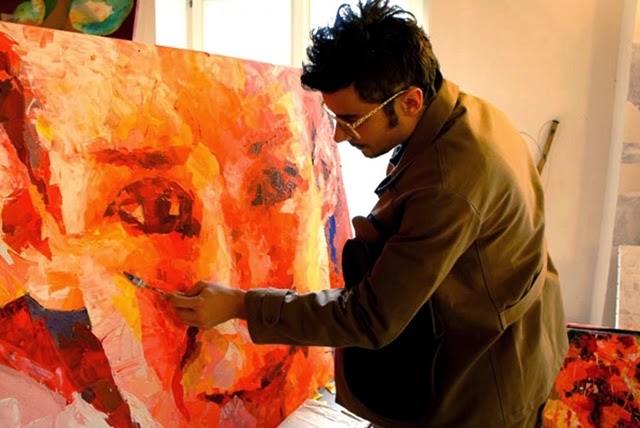The Grubacs name is closely associated with views of Venice, especially of the Grand Canal.
The eighteenth-century tradition of veduta painting was carried on by artists such as Carlo Grubacs and his sons Giovanni and Marco, all of whom remained faithful to their predecessors Canaletto and Guardi.
Italian painter of animated urban waterscapes and architectural features.
Carlo Grubacs was born in Venice.





















.jpg)

















